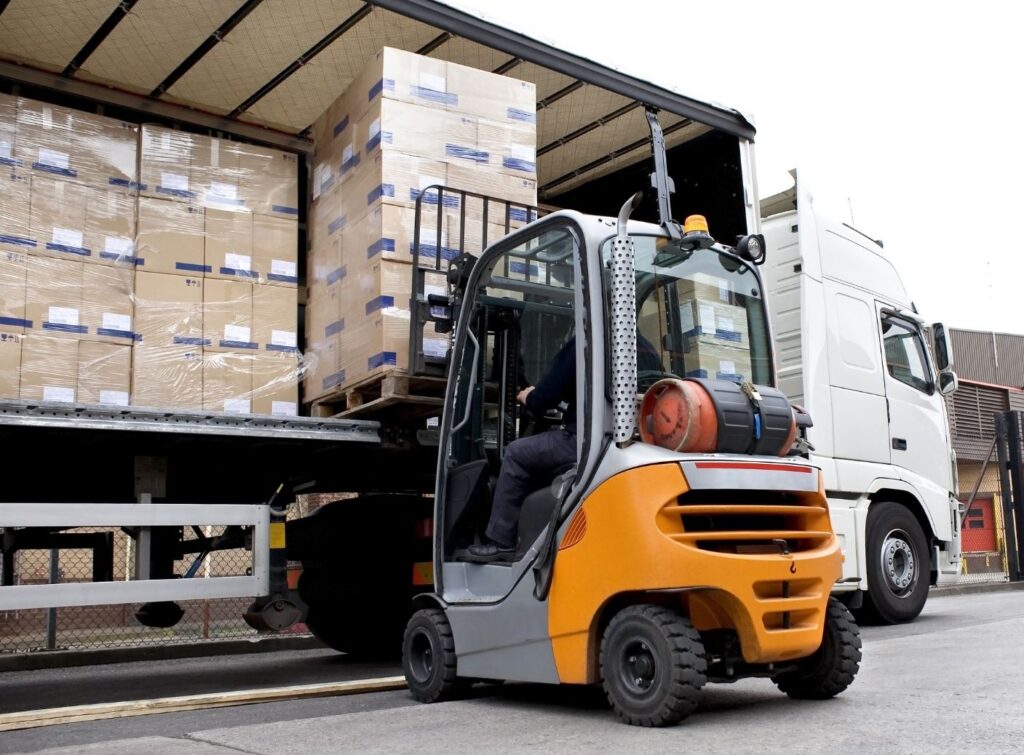Forklift Training & Certification
Best Practices for Optimizing a Shipping Area for Forklifts
As forklift operating trainees familiarize themselves with maintenance checks, they need to understand the best practices for optimizing a shipping area for forklifts. When going over thenext segment, keep the acronym FACTS in mind. This acronym becomes important as workers learn the best practices for optimizing a shipping area for forklifts.
What Is a Shipping Area?
Better known as a loading deck in a warehouse, the shipping area is the start and endpoint for shipments. All shipments get loaded and unloaded from trucks and vans. The shipping area is an essential asset to a warehouse, as it helps organize the flow of goods and materials coming in and out.
Install a Dock Scheduling System
The best way to utilize space and ensure everything’s moved promptly is to implement a scheduling system. By installing a dock scheduling system for your warehouse, future forklift operators will better understand what goes on when moving things on and off trucks or vans.
Use the Right Equipment
Having the right labor resources is essential, but using the right equipment can help operations run smoothly. Some recommended equipment is listed below.
Vehicle Restraints
A vehicle restraint prevents a trailer from departing early and even prevents workers from falling. Falling is a common occurrence in a warehouse’s shipping area. In addition, vehicle restraints work better than wheel chocks, as constraints aren’t manually placed and aren’t at risk of installation errors.
Hydraulic Dock Levelers
Invest in a hydraulic deck leveler since they don’t need a lot of maintenance. Furthermore, hydraulic dock levelers help change a trailer’s floor height to help workers move around the truck bed better. Your workers won’t need to bend to lift shipments.
Be Safe and Follow FACTS
To help workers adopt these best practices, keep the acronym FACTS in mind during training sessions. This acronym stands for the five categories that happen on a loading dock.
- Forklift accidents
- Attention and alertness
- Carbon monoxide poisoning
- Trailer creep
- Slips, trips, and falls
In hindsight, these five categories help make up the acronym for FACTS. FACTS is an acronym to teach your workers how to safely work on a forklift in a shipping area. According to ISHN, knowing FACTS can help avoid any injury and give your workers a better awareness of handling heavy equipment in a shipping area.
Install Proper Ventilation and Fans
Loading docks move fast, and when they move fast, the fumes and gases emitted from the machines get exhausted into the air more quickly. These chemicals can be very harmful to a worker’s health. When dealing with operations, install a ventilation system and fans that can dissipate the fumes from the area fast.
To help you achieve better forklift training solutions, First Quality Forklift Training, LLC implements the right programs to help certify and get workers ready to operate a forklift in a warehouse shipping area. No one does proper quality forklift training better than First Quality Forklift Training, LLC.

